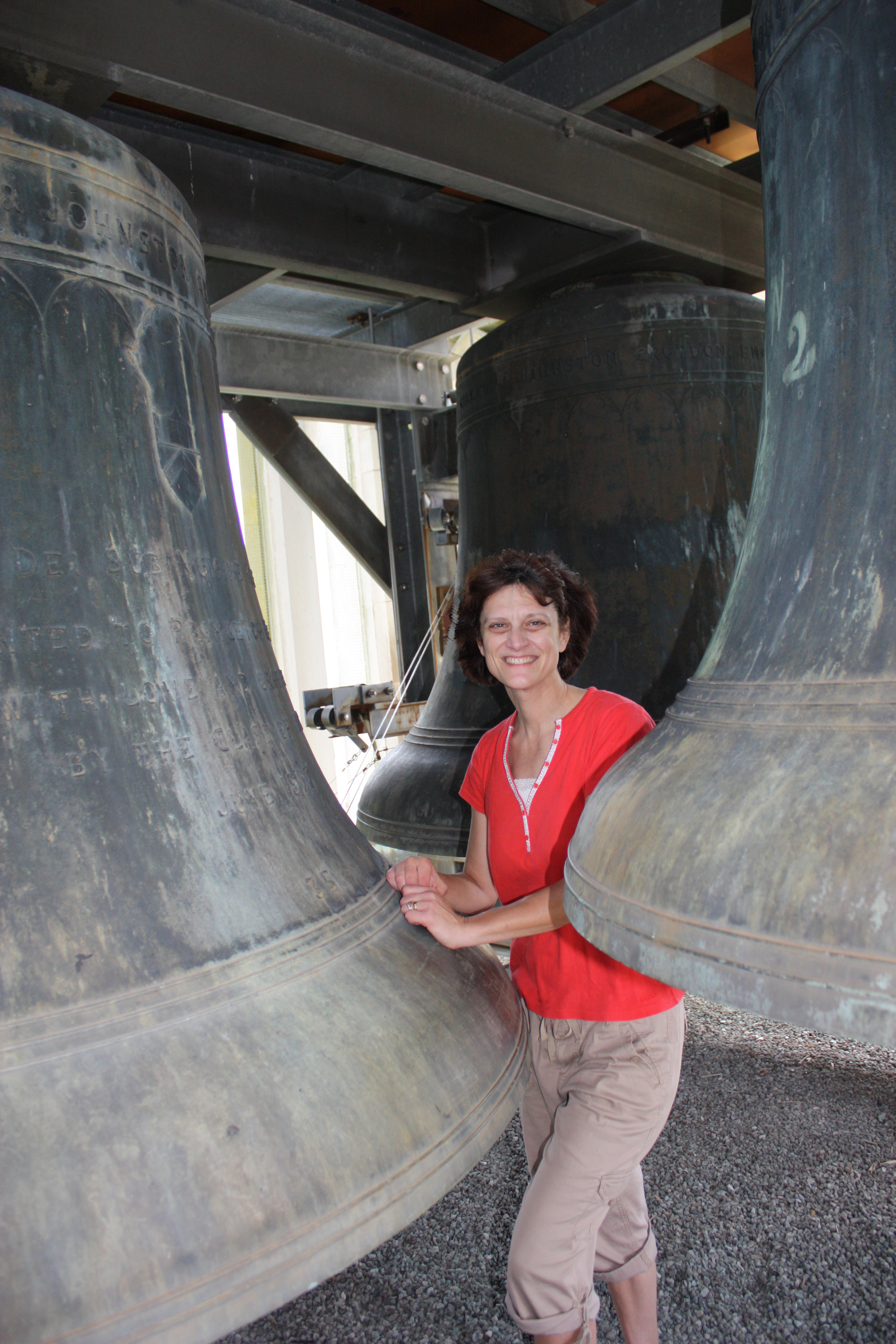Every Sunday at precisely 1:00 PM, the resonant music of the carillon fills the air around Princeton University's Graduate College. The melodic tones reach as far as the southern parts of the main campus, Princeton Theological Seminary, and the Institute for Advanced Study, continuing a cherished tradition. This magnificent sound emanates from one of the most remarkable instruments on campus—the carillon, housed in the iconic Cleveland Tower. Notably, Princeton's carillon ranks as the fifth largest in the United States and the tenth largest among the world's 700 carillons.
The carillon was a generous gift from Princeton’s Class of 1892. Dr. Charles D. Hart, president of the class, developed an affinity for carillons during his extensive travels to Belgium and the Netherlands, where he often “heard the hour strike sing.” While the Class of 1892 considered several potential reunion gifts, they ultimately embraced Hart’s proposal, recognizing its uniqueness. At the time, Princeton President John Grier Hibben 1882 *1893 had envisioned a new dormitory as the class gift but ultimately accepted the carillon, which would reside in the 173-foot-tall Cleveland Tower, completed in 1913.
Carillons, the largest musical instruments in the world, consist of at least 23 bells, all tuned in chromatic order to produce harmonious tones. The bells are played via a manual keyboard that allows expressive touch variation.


Princeton’s carillon initially featured 35 bells, cast and installed in 1927 by Gillett & Johnston Ltd. of England. Additional bells were added in 1943, 1966, 1968, and 1993 by the Paccard Foundry (France) and Petit & Fritsen Foundry (Netherlands), culminating in the current instrument, which boasts 67 bronze bells. These bells, tuned to concert pitch for compatibility with other instruments, range in weight from 14 to 12,880 pounds.

The carillon’s keyboard resembles that of an organ, featuring 67 wooden batons and 28 foot pedals connected to clappers that strike the bells. The largest clapper weighs about 250 pounds, while the smallest measures approximately 1 inch. The mechanism’s design ensures dynamic expressiveness and balanced responsiveness across the entire range of bells. Unlike swinging church steeple bells, the carillon’s clappers strike stationary bells, requiring precise mechanical engineering and craftsmanship to achieve perfect harmony and volume balance.
The physics of bell design is equally fascinating. A bell’s unique shape amplifies the sound, directs the sound downward and creates a series of resonant frequencies rather than a single tone. This results in a five-part chord instead of a pure note. Achieving a pleasant timbre involves meticulous tuning, where material is removed from specific areas of the bell to balance harmonics. Once cast and tuned, the bells retain their pitch indefinitely.

The Princeton carillon is under the stewardship of University Carillonneur Lisa J. Lonie, who has held this distinguished position since 2012. As Princeton’s fourth carillonneur—and the first woman in the role—Lonie is a respected member of the Guild of Carillonneurs in North America (GCNA). She is an instructor with the North American Carillon School, which is affiliated with the Royal Carillon School in Mechelen, Belgium. Princeton’s inaugural carillonneur was Arthur Bigelow.
Lonie performs weekly on Sundays from 1:00 to 1:45 PM during the academic year. Additionally, the carillon features prominently in the annual Summer Carillon Series, showcasing performers from across the globe. Lonie also teaches a highly sought-after carillon course, though enrollment is limited to ensure performance quality and consideration for the surrounding community.
A wonderful video tour of the carillon, made by Madeline Maed '26, may be found here
Looking ahead, the Princeton carillon will celebrate its centennial anniversary in 2027. Special concerts and events are being planned to commemorate this historic milestone.
Dennis Matthies *70 *74
References:
Curator's note:
Gregg Lange '70's wonderful column "A towering gift - by the ton" - may be found here

